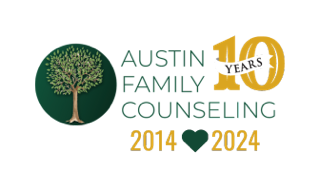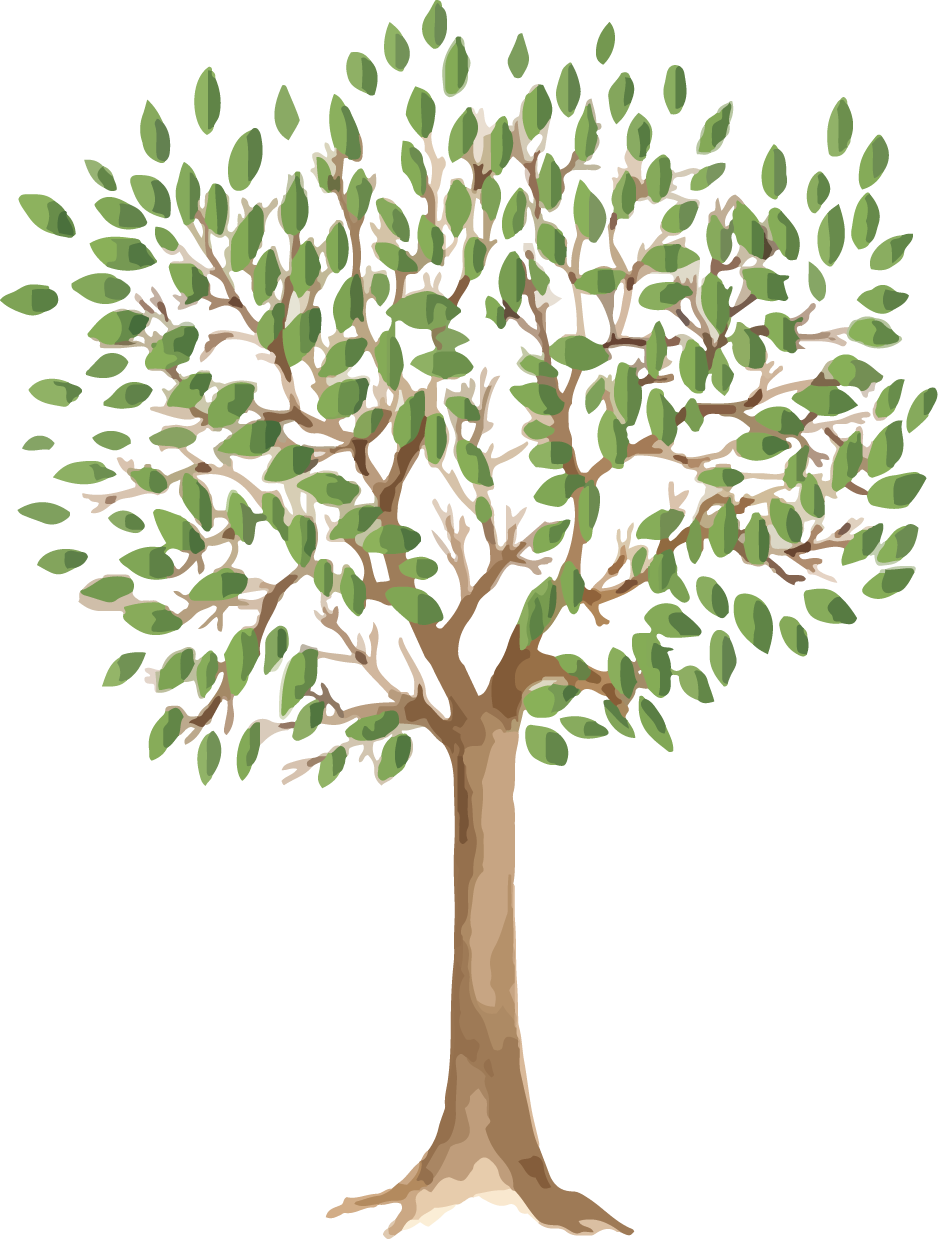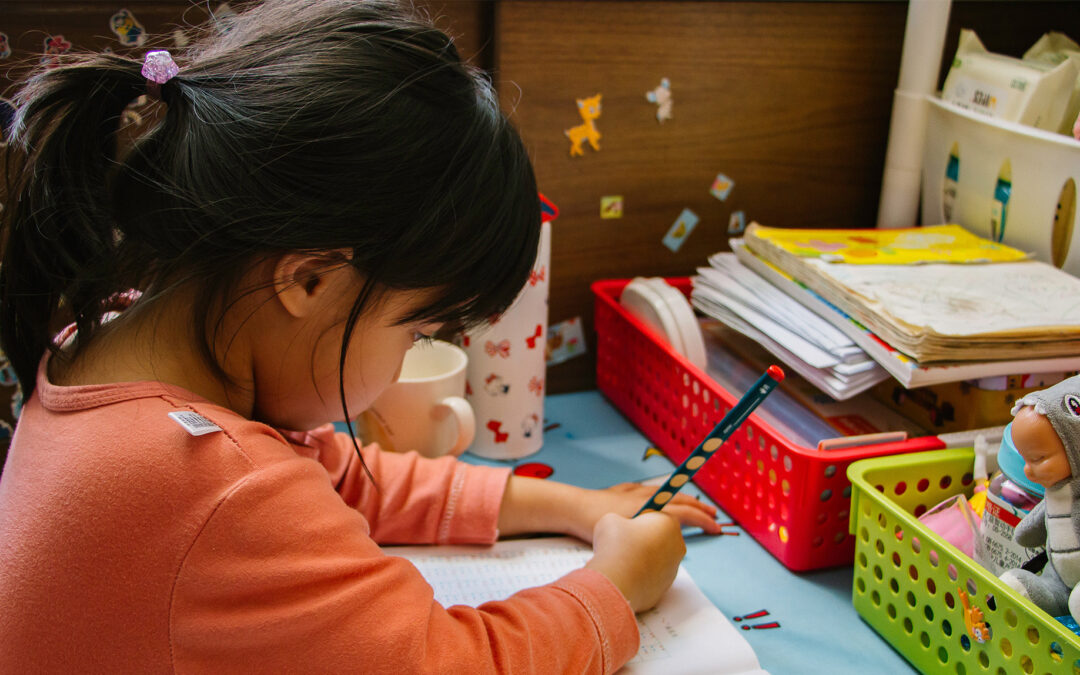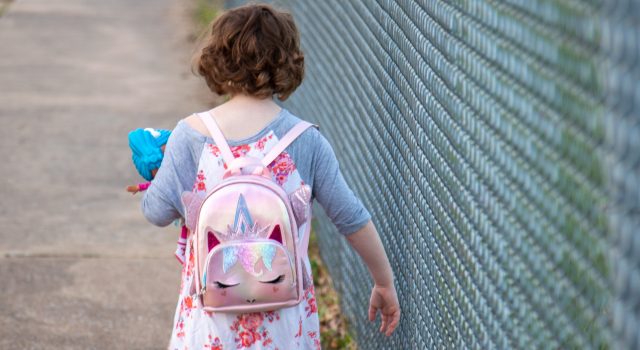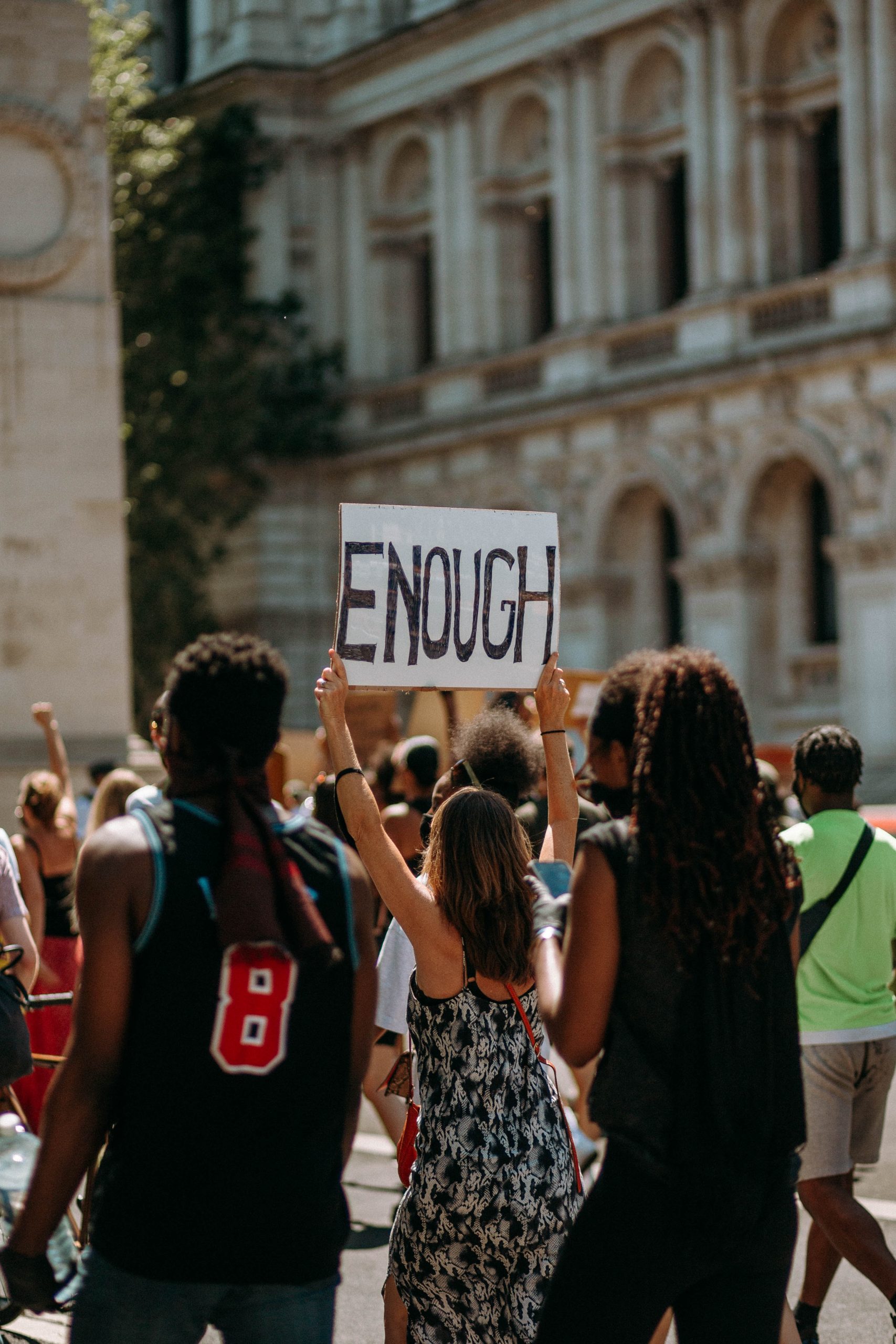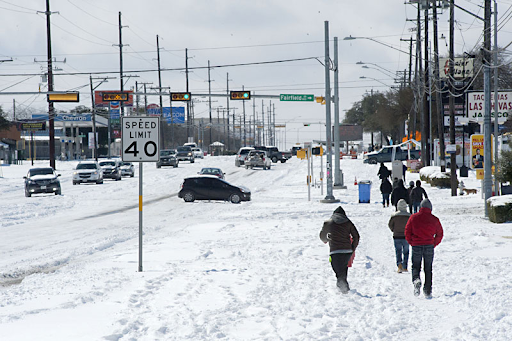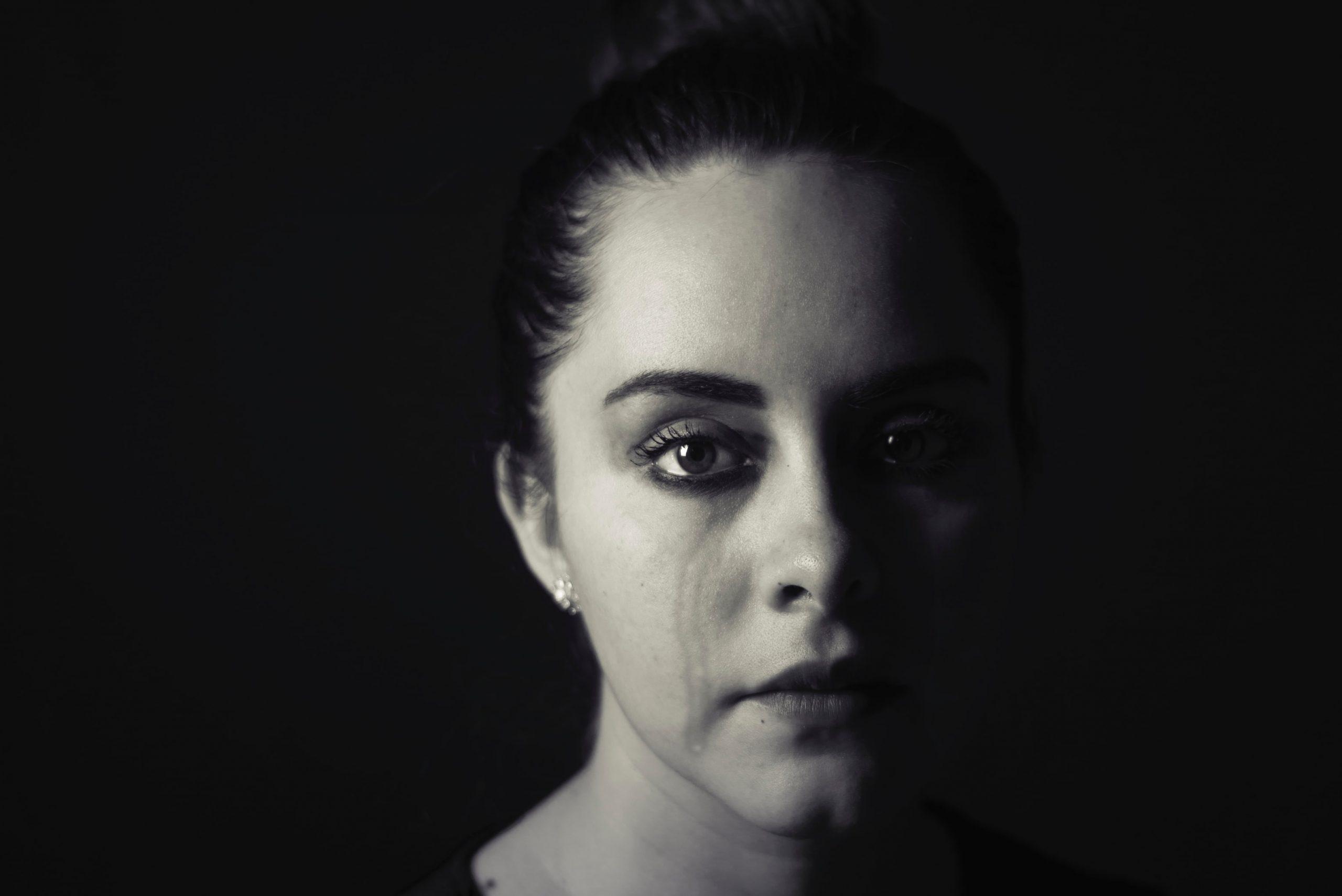Sitting on a plane last week, I couldn’t help but overhear the conversation happening right next to me. The man was describing a female friend whose ex-boyfriend keeps showing up and driving by her house, while contacting her repeatedly. My fellow plane passenger said, “I just know he’s doing it because of how she broke up with him. She wasn’t clear enough in how she broke things off with him.” His friend on the plane replied with thoughts about how she should carry a gun or a knife with her. Hearing this all-too-common view of blaming the victim/making them responsible for stopping the violence and with recent news focused on the NFL and Baltimore Raven’s Ray Rice, I felt compelled to write this week on domestic violence.
Because it is so often misunderstood and minimized, I think it is important to look at some stats. First, one in four women will experience domestic violence in her lifetime. Sadly, it is often unreported due to fear of further violence or concerns about being blamed for the violence (s/he is often already blaming herself). An estimated 1.3 million women are physically assaulted by an intimate partner every year. About 85% of victims are women, and one-third of female homicide victims are killed by their intimate partner. Another important statistic indicates that 81% of women stalked by a current or former partner are also physically assaulted by that partner. Click here to see the above statistics as well as additional stats and resources.
If you think it isn’t happening in your neighborhood or in your community, think again. Domestic violence is a pattern of behavior used to gain or maintain power and control over an intimate partner, and is prevalent regardless of race, socioeconomic status, beliefs, education, gender, or sexual orientation. Battering is a pattern of control that includes a number of tactics including intimidation, isolation, threats, psychological, physical, emotional, and sexual abuse, as well as financial control. And while it is true that everyone makes mistakes in their relationships, no one deserves to be abused. The only person responsible for the abuse is the abuser.
Part of victim blaming stems from the mistaken belief that if we understand what that person (the victim in this case) did wrong, we can keep ourselves safe. It is true that we can learn from other people’s experiences, but it is unfair to judge other people’s situations when we rarely understand the complexity of the feelings and fears involved. A common myth is that the victim would leave if she doesn’t like the abuse. However, there are many reasons women may not leave, including fear for herself or for her children. It is important to remember that the most dangerous time for a woman who is being abused is when she attempts to leave the relationship.
Following are some reminders about domestic violence (information adapted from theredflagcampaign.org and ncadv.org):
- The victim of violence is never to blame for the other person’s choice to use violence against them.
- Violence is rarely a one-time occurrence and usually escalates in frequency and severity. Even verbal abuse by itself can negatively affect the victim’s well-being and health.
- Ending a relationship is difficult. Emotional ties (including believing the abuser when s/he says the violence will end), fears for safety, economic concerns, or lack of resources may all contribute to making leaving really difficult. Victims of violence are much more likely to reach out for help if they are approached with a nonjudgmental, caring attitude.
- The abuser is probably not always abusive (see cycle of abuse below) and may show regret afterward, promising to change, leading to the victim’s hopefulness that the relationship will get better.
- Violence is not a private matter- speak up in a caring, supportive way if you have concerns about a loved one’s relationship. Be supportive of the victim and offer to listen or help should they need it.
- Abusers tend to only be violent in specific relationships and can be charming in social situations.
- Substance abuse may intensify violent behavior, but it does not cause abuse.
- Witnessing violence in the home is the strongest risk factor for continuing the cycle of violence across generations.
- Boys who witness domestic violence are twice as likely to abuse their own partners and children when they become adults.
- 30-60% of intimate partner abusers also abuse children in the home.
Following are some great resources about violence. I find that many of my clients who are/were in abusive relationships really hadn’t even identified their partner as an abuser until receiving education about what power, control, and abuse looks like. Too often, the abuser uses manipulation, minimizing, and blaming tactics, making the victim feel responsible for the violence. The best thing you can do for someone you love in abusive relationship is to be caring, supportive, nonjudgmental, and patient, believing them and building them up while respecting their autonomy and choices.
Helping a friend in an abusive relationship
What not to say and what to say to someone in an abusive relationship
The SafePlace hotline is 512-276-7233. The National Domestic Violence Hotline is 1-800-799-7233.
